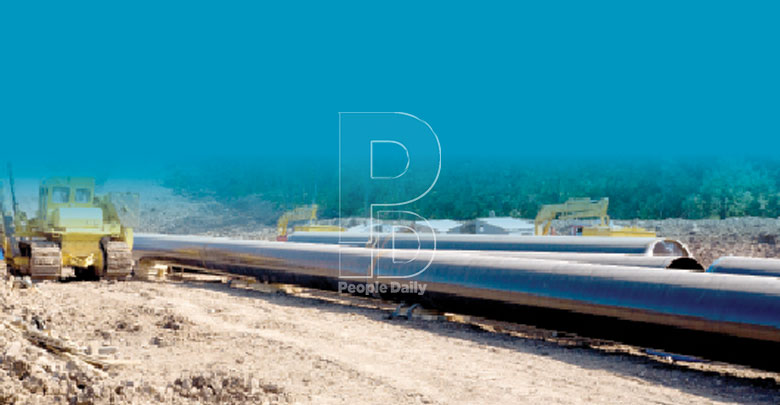Hard questions linger on integrity of Sh48b Mombasa oil pipeline

Tough questions are being raised over the integrity of Kenya’s oil pipeline network after it emerged that despite spending Sh48 billion the infrastructure has been infiltrated losing fuel of unknown value.
Details have emerged of how a subsidiary pipeline was professionally welded into the 20-inch pipeline at Mlolongo to siphon the oil, putting safety of the infrastructure on the spot. Speaking to People Daily, Energy and Petroleum Regulatory Authority (EPRA) Director General Pavel Oimeke warned that critical infrastructure must be secured quickly.
Energy infrastructure
“Some urgent measures needs to be undertaken to adequately secure the critical energy infrastructure,” he said. Unfortunately, despite the multi-billion-shilling investment in the new Mombasa-Nairobi pipeline with a forensic audit showing a Sh11billion variance in cost after time extension, inadequacies of the new system mirror similar attempts to siphon oil in the past.
The main contractor in the new pipeline project was Zakhem International and was tasked to deliver a high quality and safe pipeline that will enhance supply for Kenya and the region. In 2016 for example, a fuel leakage as a result of an illegal connection with a network of pipes leading to a petrol station labelled Hess Energy Kenya some 100 metres away.
A home adjacent to a petrol station was leased to facilitate the siphoning operations through underground piping to storage tanks at the petrol station using specialised siphoning equipment.
Further, a November 2018 Kenya Power Company (KPC) board report estimates that total loss of product from some nine incidences involving accidental spillages and pilferages between March 2017 and May 2018 at some 12 million litres.
The Senate Energy Committee has now called for investigations into those involved in compromising the integrity of the pipeline by commission or omission.
It wants EPRA to establish the culpability of Kurrent Technologies and its partner Shanghai Little Engineering Company for failure to install leak detectors on the KPC line 5 that spilt oil at Kiboko in Makueni barely five years after installation.
EPRA says KPC designs were approved by the National Environment Management Authority (NEMA) with a real time leak detection system with capacity to monitor 450-kilometre line. This raises concerns whether this infiltration was an inside job given the good workmanship by the thugs at Mlolongo.
Monitoring system
EPRA said there is no evidence KPC installed the Impressed Current Cathodic Protection System (ICCPS) – a monitoring system which provides early warning over the integrity of pipe material.
The regulator said investigations had revealed that KPC also failed to install a multi-layer Leak Detection System contrary to the initial design described in the Environmental Impact Assessment (EIA) report submitted to EPRA.
Oimeke said in its EIA report, KPC had indicated that they would set up the Supervisory Control and Data Acquisition (SCADA) system to monitor the flow rate, pressure, and status of all pumps, valves and alarms.
“The system was envisioned to pick up leaks in case of pipeline intrusion or raptures due to corrosion in minutes and in short sections of the pipeline in seconds,” he added.
Apart from probing the losses, Senate Energy Committee also wants EPRA to probe the roles played by local and foreign consultants as well as the contractor in the construction of Line 5. Oil marketing firms were in mid-March this year locked in a war of words with KPC over alleged loss of 51 million litres of jet fuel valued at over Sh2.4 billion.












